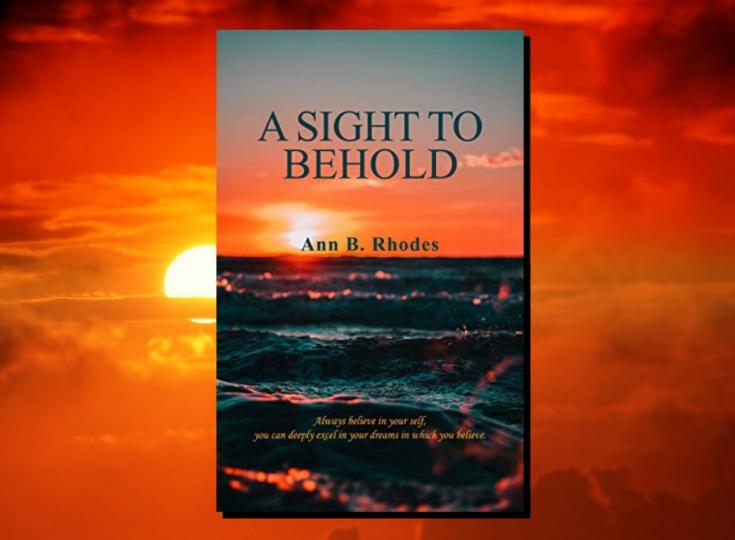Editorial Review: A Sight to Behold by Ann B. Rhodes

A Sight to Behold is the second book of poetry authored by Ann B. Rhodes. As a devoted Christian and passionate elementary school teacher, Rhodes writes on topics such as faith, family, and education, drawing heavily on her personal experiences.
The author begins with a section on eternal life, suggesting that there is indeed a joyful hereafter and that deceased loved ones are closer than we think. She continues with several faith-promoting poems that especially encourage steadfastness amidst tribulation: “As God walks with you in the path of your life, / You never know the journeys or obstacles you will have to face, / But as long as you hang on to God’s unchanging hand, / He’ll stand beside you to run the race.” After that, she shifts her focus from divine relationships to mortal ones. Some of these verses are romantic in nature, while others deal with familial relationships. Additionally, some are written with admiration and gratitude while others have an air of condemnation to them (e.g., “If Only You Were Here,” addressed to an absentee father). After a short section on holidays and months, Rhodes includes a selection of poems specifically about education—tributes to influential teachers, hopes for her students, and what it means to be a teacher. The final section contains other miscellaneous poems, such as a poem dedicated to a mother who had her children taken away from her and a poem about playing the saxophone in middle school.
Rhodes’ poems on faith and spirituality are her strongest ones, particularly because they’re applicable and inspiring to anyone with a Christian background. Readers will also easily connect with the relationships section, since the emotions imbued in them—love and longing, hope and fear—are familiar to so many. As the author gets more specific, however, her audience becomes more distant. For example, she sometimes slips into educational jargon, like when she says teaching involves “IEP meetings” and that she hopes students “don’t stress over the GMAs.” Such moments make it more difficult for readers without an educational background to enjoy or appreciate.
The biggest shortcoming of this book is that the poetry (all free verse) often does not actually sound like poetry. Rather, it seems more like plainspoken prose simply broken up into lines and stanzas. The poetic elements that give poetry its rhythm and depth of meaning—like meter, alliteration, imagery, etc.—are lacking or rare, though the author does employ similes and metaphors to varying degrees of effectiveness. Also, the text is often too straightforward, making factual statements rather than creating an emotional atmosphere. For example, “February is second month that symbolizes love / And it represents love, hearts, teddy bears, and candy—what one can only want.” The book features a rather simple repertoire of vocabulary, which makes it widely accessible to readers but also limits its expressiveness.
Overall, this collection of poetry may not be all that poetic, but it still has many messages on faith, love, and teaching that readers can appreciate, learn from, and be inspired by.





